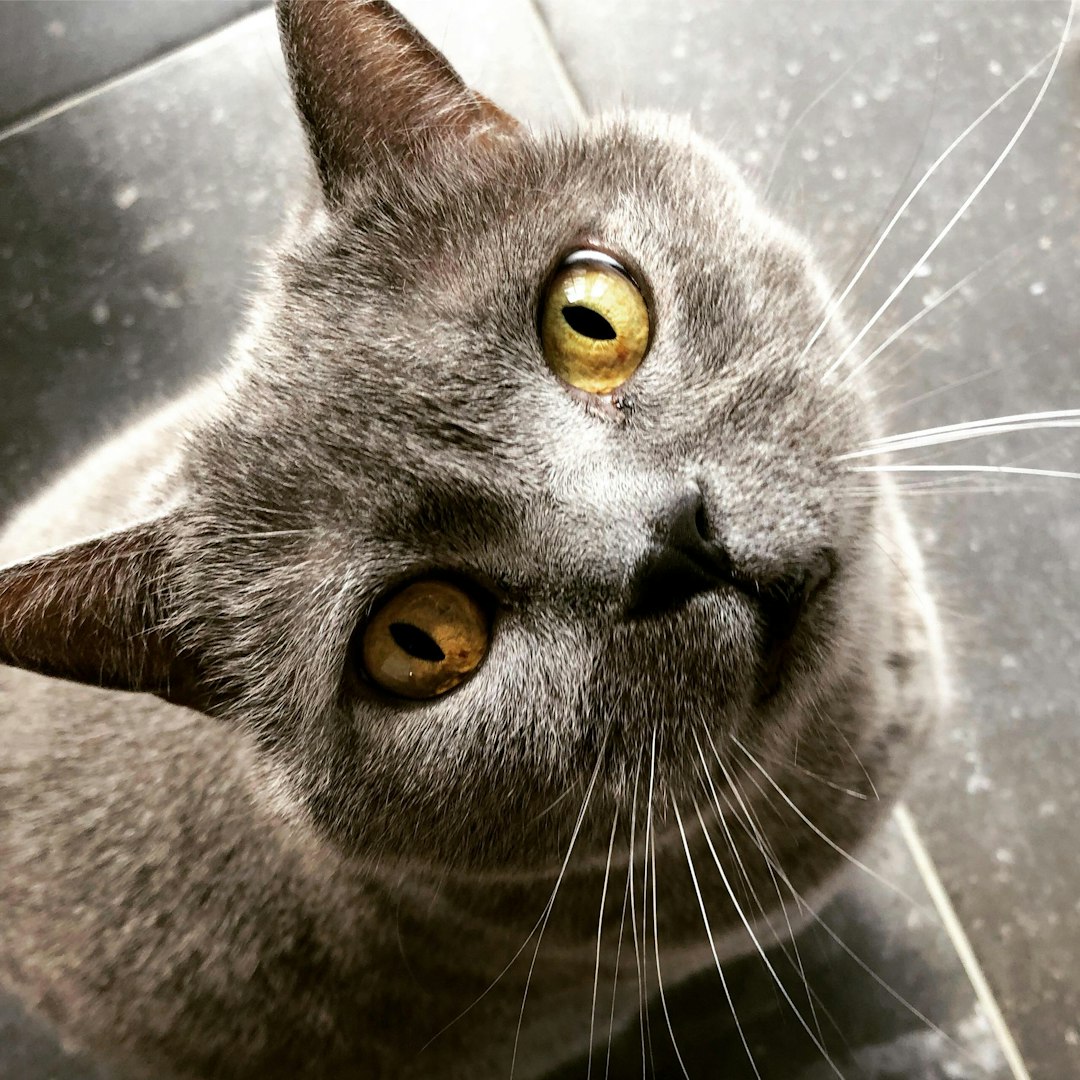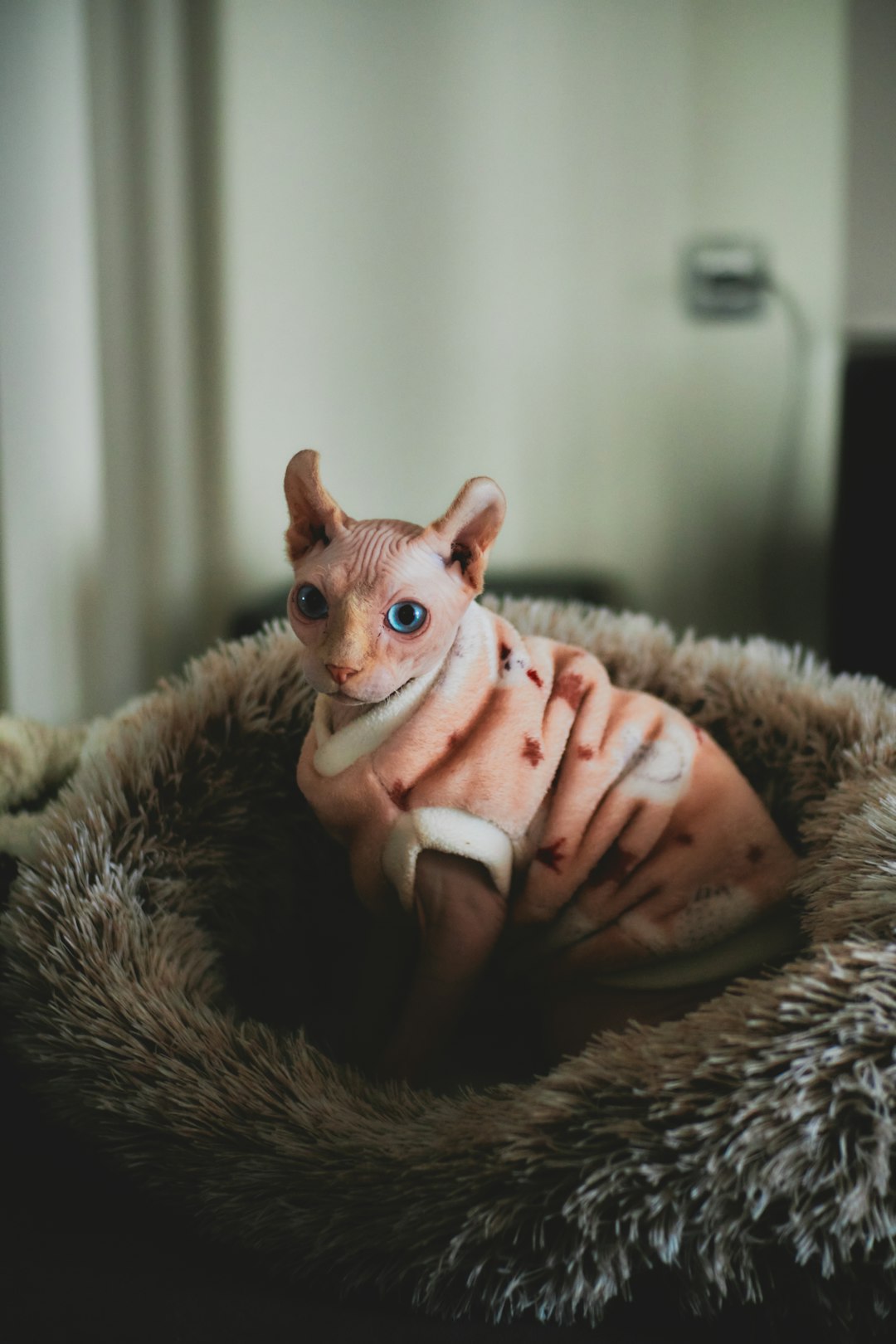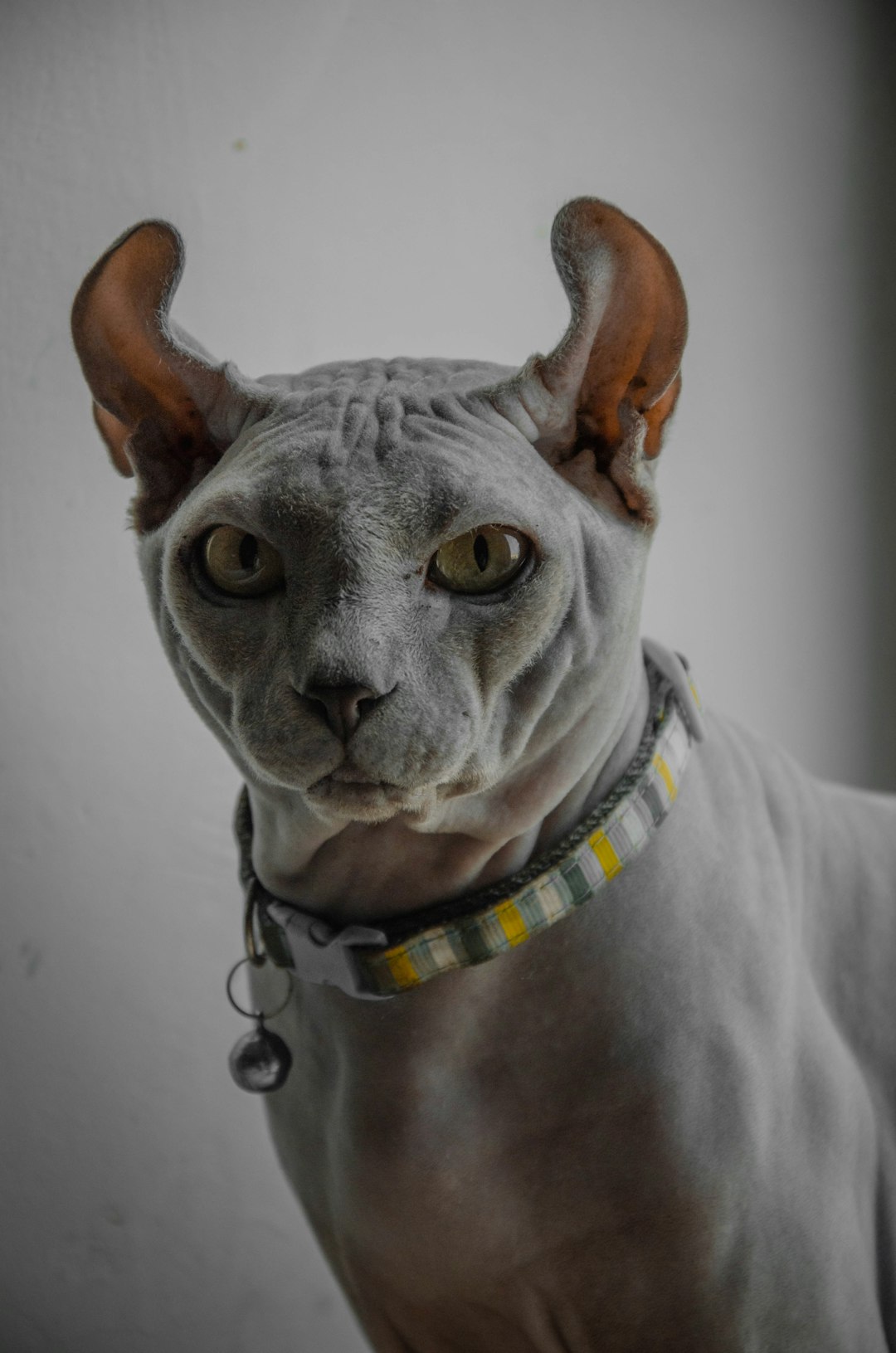Cats are fascinating creatures, and understanding their body language can deepen your bond with them. One of the most expressive components of their communication is their tail. By exploring cat tail meanings, you can decode your feline’s emotions and intentions. From a relaxed position to agitated flicks, each movement offers insights into your cat’s feelings. Not only will you learn about the significance of their tail position, but you’ll also discover how different breeds may express themselves uniquely. Join us as we delve into the intricate world of feline tail language and what it reveals about your beloved companion.
The Significance of a Cat’s Tail Position
Understanding cat tail meanings starts with recognizing that a cat’s tail is a vital communication tool. The position of a cat’s tail can reveal their emotional state, mood, and intentions. Here’s a breakdown of tail positions and their significance:
High Tail: When a cat holds its tail high, it signifies confidence and friendliness. This position often indicates that the cat is happy and in a good mood.
Low or Curled Tail: A low or curled tail points to insecurity or submission. The cat may feel threatened or unsure in its environment.
Puffed Up Tail: This dramatic position typically indicates fear or aggression. In this case, the cat is trying to appear larger to ward off threats.
Tail Thumping: If your cat thumps its tail against the ground, it can mean irritation or impatience. It’s a clear signal that something is bothering them.
By observing these positions, you can better understand the cat tail meanings and foster more effective communication with your feline friend. Recognizing these signs enables you to respond appropriately to their needs and emotions.
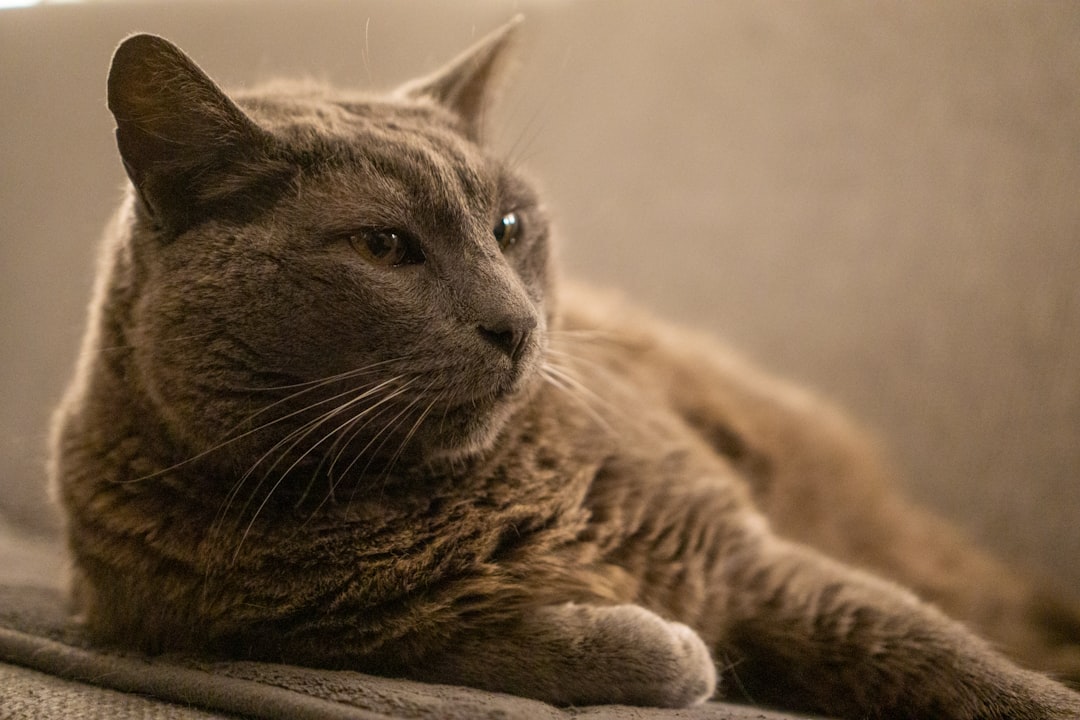
Common Tail Positions and What They Mean
Understanding cat tail meanings starts with recognizing tail positions. Each position conveys different emotions and intentions. Here are some common tail positions and their implications:
- Raised Tail: A vertical tail indicates confidence and happiness. Your cat likely feels secure and friendly.
- Low Tail: A tail held low shows submission or uncertainty, indicating that your cat may feel nervous or threatened.
- Puffed Tail: A bushy tail signifies fear or aggression. Your cat uses this posture to appear larger to perceived threats.
- Curled Tail: A tail that loops or curls around the body often means contentment or affection, showing your cat feels safe and relaxed.
- Slowly Moving Tail: A swishing tail can indicate excitement or playfulness. Pay attention, as it may also signal frustration if the movement is aggressive.
These cat tail meanings help pet owners interpret their feline’s emotions more accurately. Recognizing these positions enhances your understanding of your cat’s behavior, fostering a better bond between you and your furry friend.
Understanding Tail Movements and Their Implications
Cat tail movements play a crucial role in communicating a feline’s emotions and intentions. By observing these movements, you can gain valuable insights into your cat’s feelings. Here are some common tail movements and their implications:
- Slow swaying: A cat that gently sways its tail is usually feeling relaxed and content.
- Rapid flicking: If the tail flicks quickly, this often indicates irritation or annoyance. It’s a signal to give your cat some space.
- Raised tail with a quiver: When your cat raises its tail and quivers, it signals excitement or affection, suggesting they’re ready to greet you.
- Straight up with a slight curve: This posture typically shows confidence and friendliness, indicating a happy cat.
Understanding these cat tail meanings is essential for nurturing a strong bond with your feline companion. Furthermore, recognizing the context of these movements allows you to differentiate between playful and threatening behaviors. As a result, you can create a safer and more harmonious environment for your pet.
How Emotions Are Expressed Through Tail Language
Cats are masters of non-verbal communication, and their tails play a significant role in expressing emotions. Understanding these cat tail meanings can enhance your relationship with your feline friend. Here’s how various tail positions and movements indicate different feelings:
Upright Tail: A cat with a vertical tail demonstrates confidence and happiness. This position invites interaction and signals that your pet feels secure.
Curled Tail: A tail that curls at the tip often signifies affection. Cats may use this posture when greeting their favorite humans or fellow felines.
Fluffed Up Tail: A puffed-up tail indicates fear or aggression. When threatened, cats make themselves look larger as a defensive mechanism.
Low or Tucked Tail: This position reflects submission or submission during social encounters. A cat may tuck its tail if it feels anxious or intimidated.
Recognizing these cat tail meanings enhances your ability to respond to your pet’s emotional state, thereby helping you provide a comfortable and supportive environment. Understanding your cat’s feelings not only fosters trust but also creates a stronger bond between you both.
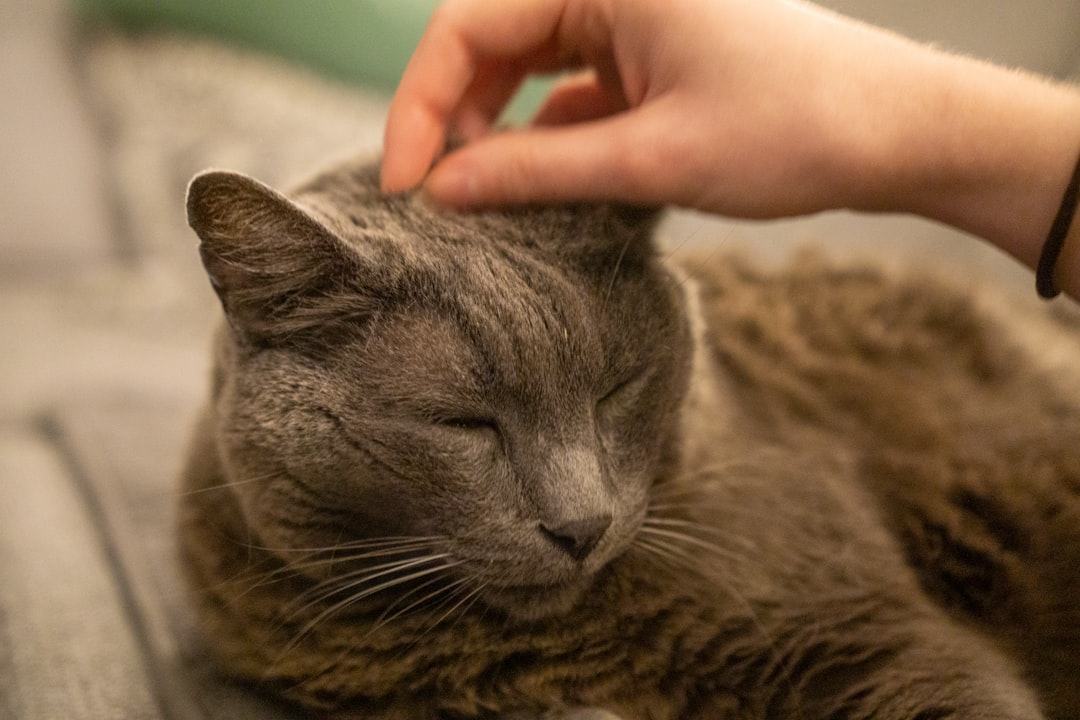
Tail Language in Different Cat Breeds
Understanding cat tail meanings can vary significantly across different breeds. Each breed has unique traits and behaviors, including how they express emotions through their tails. Here’s a quick comparison of tail characteristics in several popular cat breeds:
| Cat Breed | Tail Characteristics | Tail Meanings |
|---|---|---|
| Siamese | Long and slender | A high tail often indicates excitement or social interest. |
| Maine Coon | Bushy and thick | A puffed tail signals fear or aggression; a relaxed tail shows contentment. |
| Bengal | Medium length with a thick base | A curled tail indicates playfulness while a low tail could signal submission. |
| Persian | Short and often held low | A drooping tail suggests moodiness or discomfort; an upright position reflects confidence. |
When observing these tail behaviors, remember that each cat has its own personality. Thus, while general tendencies exist, individual deviations may occur. By paying close attention to your feline friend’s tail language, you can better interpret the cat tail meanings and strengthen your bond.
The Role of Tail Language in Feline Communication
Understanding cat tail meanings is crucial for interpreting your feline friend’s emotions and intentions. Cats utilize their tails as a significant means of communication, conveying a variety of messages that can help you decipher their mood. Here’s how tail language plays a vital role in feline interaction:
- Mood Indicator: A cat’s tail position and movement often reflect its mood. For instance, a raised tail usually signifies confidence and friendliness, while a lowered tail may indicate fear or submission.
- Social Signals: In a multi-cat household, tail positioning can help establish hierarchy. An erect tail could signal dominance, whereas a puffed-up tail may indicate a defensive posture.
- Playfulness: Rapid flicks or twitches of the tail often suggest excitement or an invitation to play.
By observing these nuances, you gain insight into your cat’s desires and boundaries. This understanding fosters a stronger bond and better communication between you and your cat, enriching your shared experience. Recognizing these cat tail meanings transforms daily interactions into harmonious exchanges.
Signs of Discomfort or Aggression in Tail Behavior
Understanding cat tail meanings can help you identify when your feline friend feels uncomfortable or aggressive. Paying close attention to tail behavior allows you to respond appropriately and ensure a safe environment for both you and your cat. Here are some key signs to watch for:
Puffed Up Tail: When a cat’s tail becomes bushy, it indicates fear or aggression. This position makes the cat appear larger, deterring potential threats.
Straight Up Tail with Quivers: This can signify excitement but also hints at overstimulation. Your cat may be ready to unleash energy through playful or aggressive behavior.
Swishing or Flicking Tail: A rapidly moving tail can reflect agitation or annoyance. Cats often exhibit this behavior when they feel irritated, such as during petting sessions.
Low, Tucked Tail: A tail held close to the ground indicates submission, fear, or discomfort. Your cat may be trying to hide or retreat from a stressful situation.
Recognizing these signs of discomfort or aggression in tail behavior enhances your understanding of your cat’s emotions, ultimately deepening your bond. By mastering cat tail meanings, you can create a more harmonious living space.
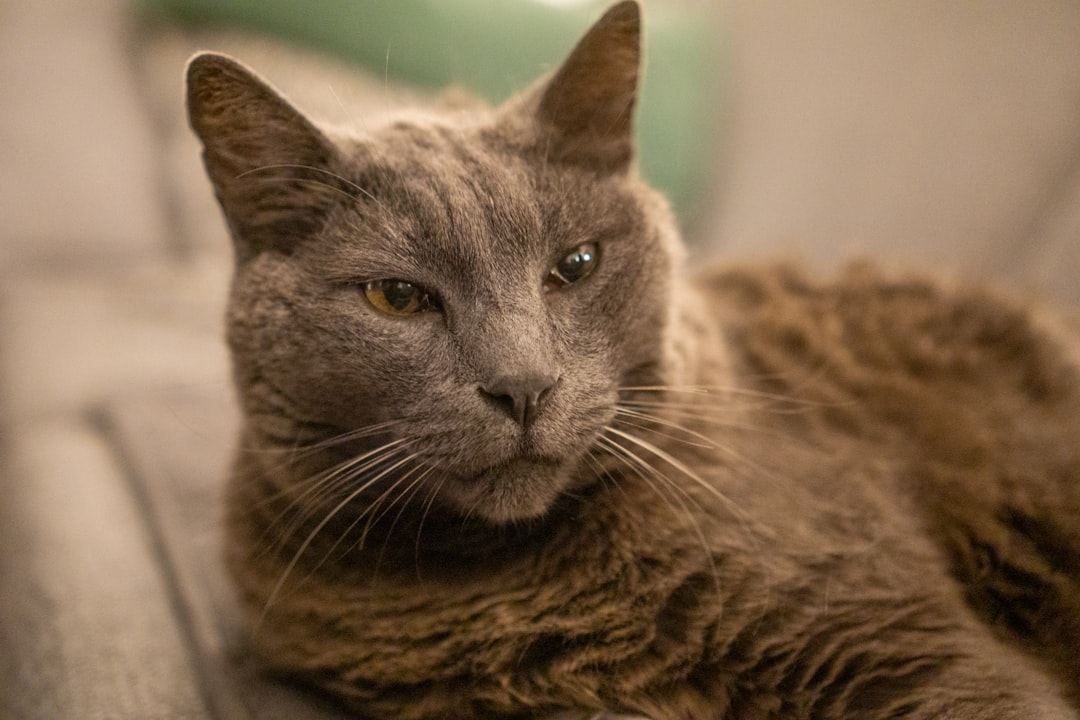
Training Your Cat to Respond to Tail Signals
Understanding cat tail meanings can enhance your communication with your feline friend. When you recognize their tail signals, you can train your cat to respond appropriately. Here are some effective strategies to achieve this:
Positive Reinforcement:
Whenever your cat exhibits a specific tail position, offer treats or praise. For instance, if your cat raises its tail high, reward it immediately.Consistency is Key:
Always respond the same way to the same tail signals. This consistency helps your cat associate specific behaviors with outcomes.Observe Their Tail Language:
Spend time observing your cat’s tail movements during different interactions. Understanding their natural behavior is crucial in teaching them to respond.Use Commands:
Pair tail signals with verbal commands. For example, say "up" when their tail is raised, reinforcing the connection between the action and command.Be Patient:
Remember that each cat learns at its own pace. Patience and gentle encouragement will yield the best results.
By focusing on these techniques, you can create a better understanding between you and your cat, transforming their tail language into a more interactive communication system based on cat tail meanings.
Frequently Asked Questions
What does it mean when my cat’s tail is held high?
When a cat holds its tail high, it usually signifies confidence, contentment, and happiness. This posture indicates that the cat feels safe in its environment. It’s a common behavior in friendly or affectionate cats, suggesting they are in a good mood and open to social interaction with humans or other pets. You can often see this behavior when they greet you or approach their owner.
Why does my cat’s tail puff up?
A cat’s tail puffing up is a clear indication that the cat is feeling threatened or scared. This defensive posture is a way for the cat to appear larger in front of a potential threat. It may also happen in response to sudden noises or the presence of unfamiliar animals. If you notice this behavior, it’s best to give your cat some space to help it feel safe again.
What does it mean when my cat wraps its tail around me?
When a cat wraps its tail around you, it is a sign of affection and trust. This behavior signifies that your cat considers you a part of its family or social group. It can also indicate that your cat feels secure and safe in your presence. This bonding gesture is often seen in cats that have developed a close relationship with their owners, showcasing their love and loyalty.
Why does my cat flick its tail back and forth rapidly?
Rapid tail flicking in cats typically indicates irritation, agitation, or excitement. This behavior is often observed when a cat is focused on prey, whether it’s a toy, a bug, or another animal. It can also occur when the cat is expressing displeasure with being handled or disturbed. If you notice this behavior, it’s essential to give your cat some space to avoid provoking further stress or discomfort.

